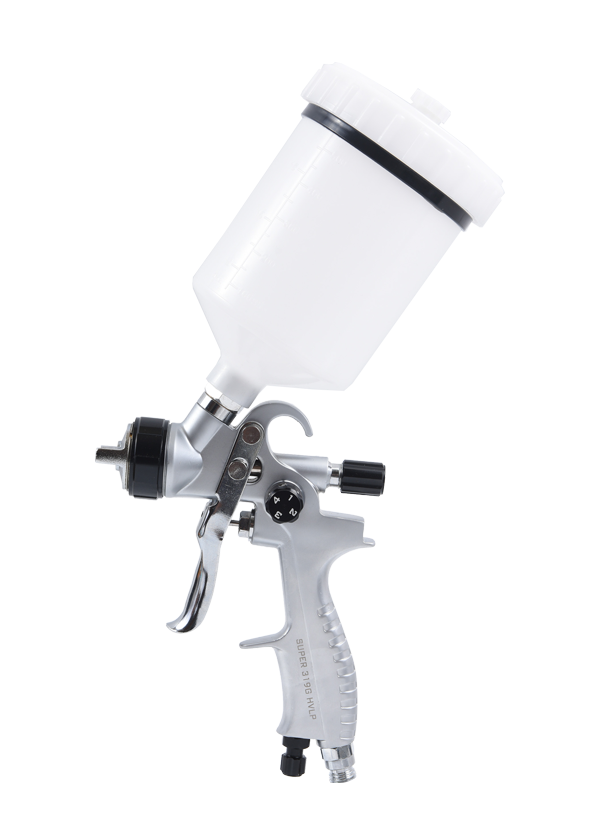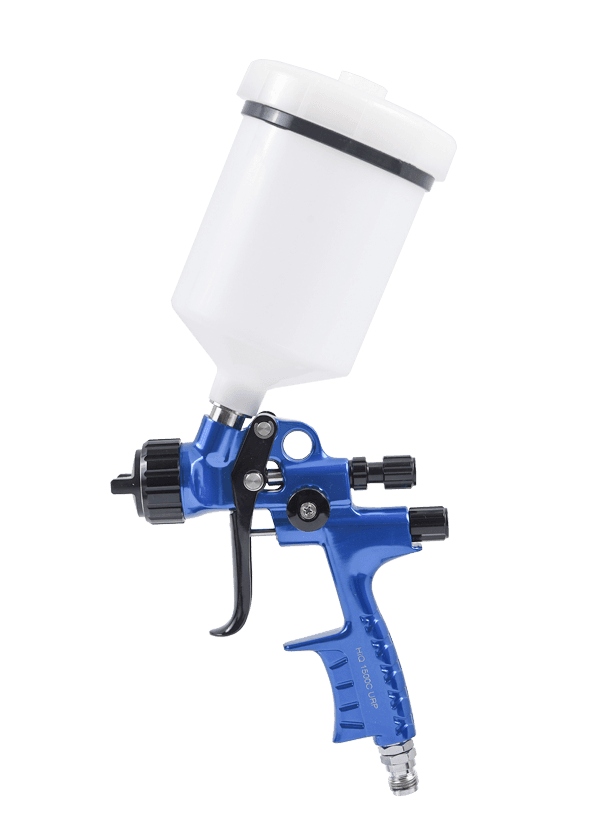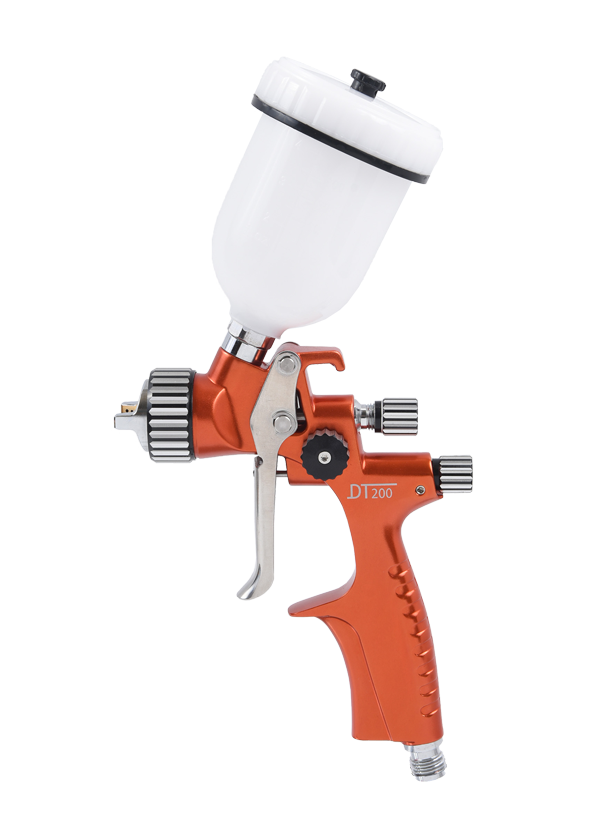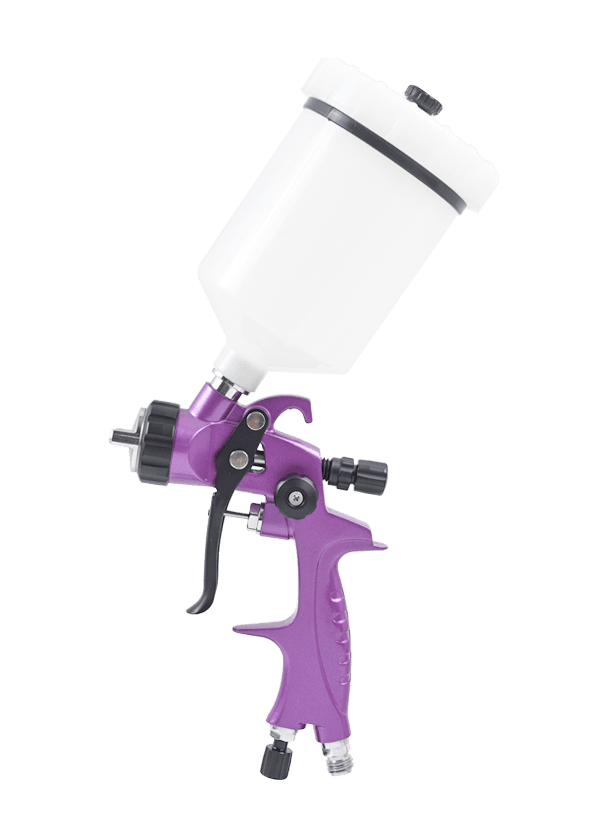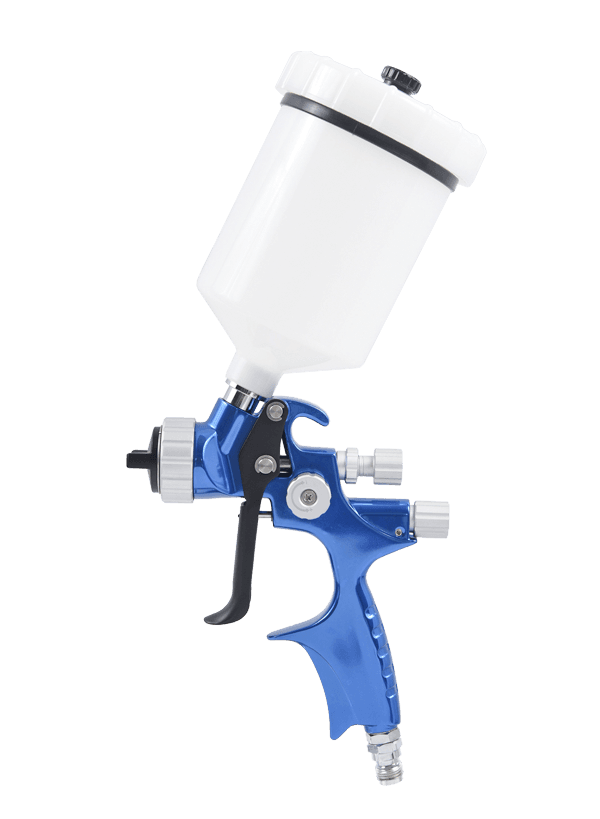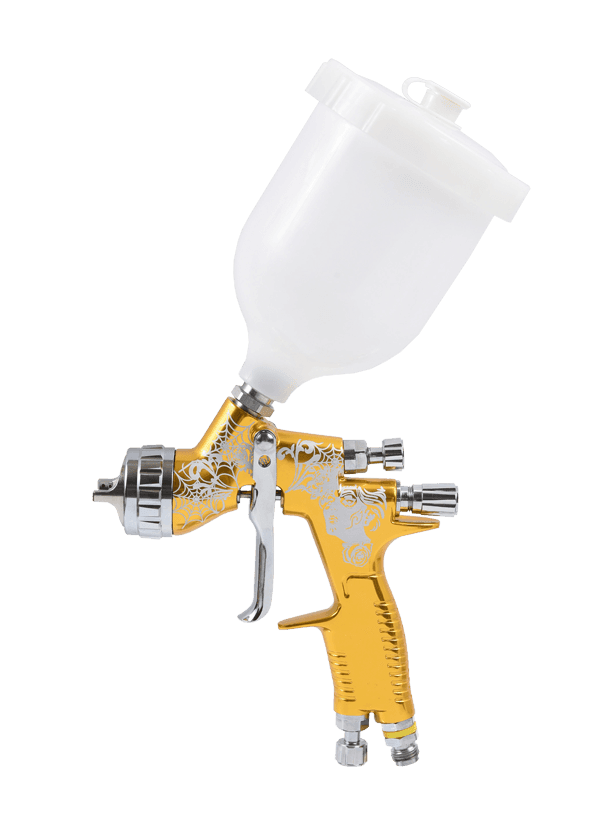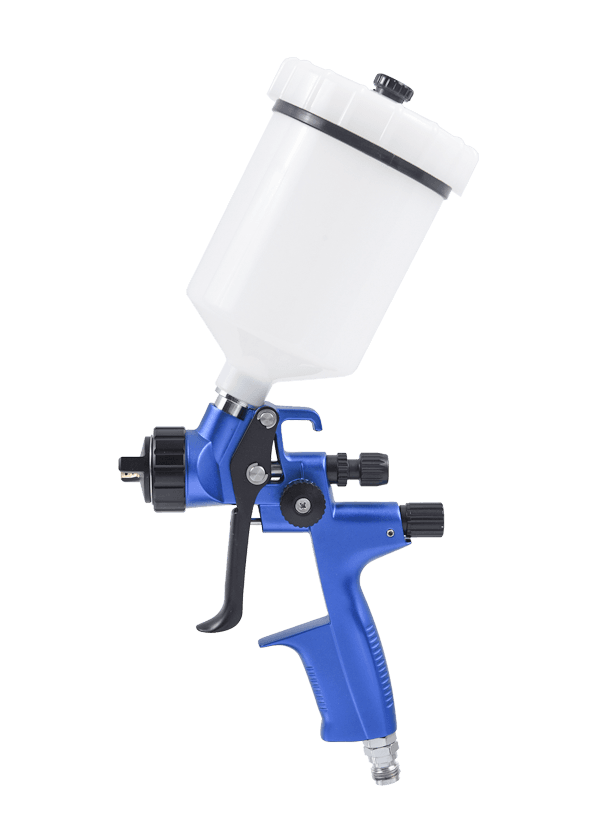The choice of a contact adhesive spray gun can have an impact on the drying time and open time of the adhesive being applied. These factors are crucial in achieving successful bonding between substrates. Here's how the choice of contact adhesive spray gun can influence drying time and open time:
Spray Pattern and Coverage:
The spray pattern and coverage achieved by the contact adhesive spray gun influence the amount of adhesive applied to the substrate. Proper coverage helps ensure an even distribution of adhesive, affecting drying time.
Nozzle Size and Type:
The nozzle size and type of the spray gun determine the size of adhesive droplets and the spray pattern. Fine atomization from a well-chosen nozzle can lead to a more even coating, potentially impacting drying time and open time.
Adjustable Pressure Settings:
Contact adhesive spray guns with adjustable pressure settings allow users to control the force with which the adhesive is sprayed. This control can influence the thickness of the adhesive layer, affecting drying time and open time.
Atomization Quality:
High-quality atomization achieved by the spray gun contributes to better adhesive distribution and coverage. Proper atomization can result in a consistent adhesive layer, impacting drying characteristics.
HVLP (High Volume, Low Pressure) Technology:
HVLP contact adhesive spray guns, designed to operate at low pressure while delivering a high volume of air, can contribute to better atomization. This technology may influence the drying time and open time of the adhesive.
Transfer Efficiency:
Efficient transfer of adhesive from the spray gun to the substrate can impact drying time and open time. Higher transfer efficiency may lead to a more controlled application, affecting the adhesive's behavior during the drying process.
Spray Gun Design Features:
Certain design features of contact adhesive spray guns, such as the shape and configuration of the nozzle and air cap, can impact how the adhesive is applied. These features may influence the drying and open times.
Temperature and Humidity Control:
Some advanced
contact adhesive spray guns may include features for temperature and humidity control during the spraying process. Maintaining optimal environmental conditions can impact drying characteristics.
Adhesive Formulation and Viscosity:
Different contact adhesives have varying formulations and viscosities. The spray gun must be chosen based on the specific adhesive being used to ensure compatibility and to achieve desired drying and open times.
Spraying Technique:
Operator technique plays a role in the application process. Proper spraying techniques, including maintaining a consistent distance and angle, can impact drying and open times by ensuring uniform coverage.
Adhesive Activation Mechanism:
Some contact adhesives have specific activation mechanisms that are influenced by factors such as air exposure or contact with the opposing substrate. The choice of spray gun may affect how the adhesive is exposed during application.
Pressure Relief and Anti-Drip Features:
Pressure relief mechanisms in the spray gun can impact the release of adhesive, affecting drying time. Anti-drip features can prevent excess adhesive from dripping, which might impact open time.
Material Compatibility:
Certain materials in the spray gun, such as seals and gaskets, must be compatible with the adhesive formulation to prevent unwanted reactions that could influence drying and open times.
Consistency of Application:
A consistent application achieved through proper spray gun selection and operation contributes to predictable drying and open times. Inconsistencies in application may lead to variations in adhesive behavior.
It's important for operators to follow the manufacturer's guidelines for both the contact adhesive and the spray gun to ensure optimal performance. Testing and adjusting the application parameters may be necessary to achieve the desired drying time and open time based on the specific requirements of the bonding application.

 English
English Español
Español
